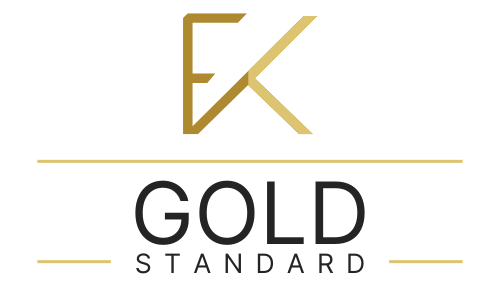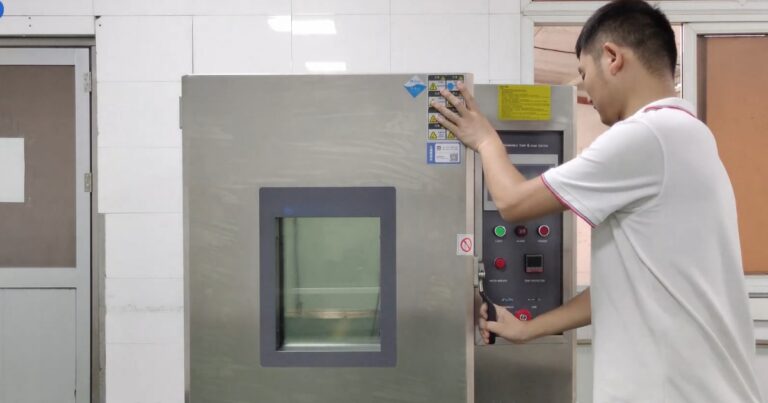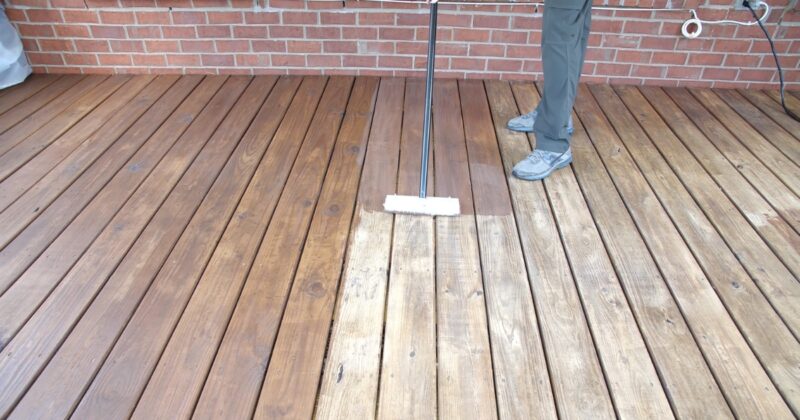In the realm of environmental testing, a temperature humidity chamber stands as a cornerstone for researchers, manufacturers, and quality assurance teams across various industries.
These chambers provide a controlled environment to simulate a wide range of temperature and humidity conditions, allowing for the testing of materials, electronic components, consumer products, and more to ensure their durability and reliability under diverse environmental stresses.
Making the right purchase decision for a temperature humidity chamber is pivotal, as it not only affects the accuracy of your testing results but also the overall efficiency and productivity of your operations.
This article aims to guide you through the essential tips for buying a temperature humidity chamber, ensuring you make an informed and effective choice tailored to your specific needs.
Understanding Your Requirements
The first step in selecting a temperature humidity chamber is a thorough understanding of your testing requirements. Consider the nature of the products or materials you will be testing, the range of temperature and humidity conditions you need to simulate, and the duration of the tests.
Different chambers offer varying capabilities, from compact benchtop models suitable for smaller items to large walk-in chambers for bigger products or batch testing. The specificity of your requirements will greatly influence the type of chamber you need, its size, and its features. Check this website out and learn more about temperature humidity chambers.
Temperature and Humidity Range
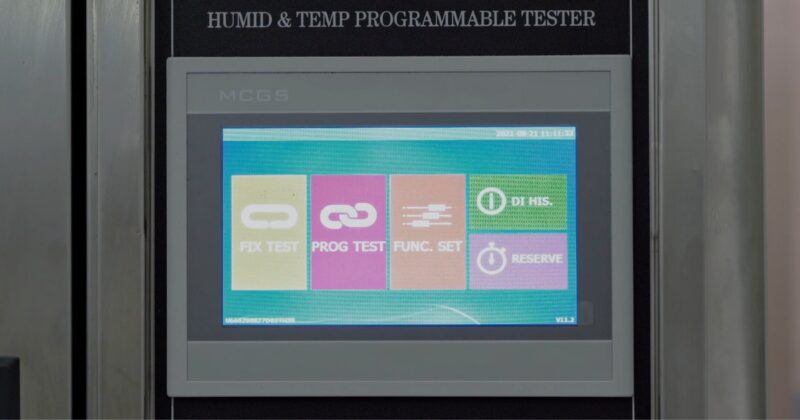
The temperature and humidity range of the chamber is a critical factor. Chambers come with different capabilities, some offering very broad ranges and others designed for more specific conditions. Ensure the chamber you choose can not only reach but also accurately maintain the specific temperature and humidity levels required for your tests.
Additionally, consider the rate at which the chamber can change these conditions, as some tests may require rapid changes to simulate extreme environments.
Size and Capacity
The physical size and internal capacity of the chamber are essential considerations. The chamber should be large enough to accommodate the items you plan to test, with sufficient space around each item to ensure proper air circulation.
However, a larger chamber may require more power to operate and can be more expensive, so balance is key. Consider both your current and future needs to avoid outgrowing your chamber too quickly.
Control and Uniformity
A high-quality temperature humidity chamber should offer precise control over environmental conditions and maintain uniformity within the chamber. The chamber’s control system should be user-friendly and allow for easy programming of test cycles, including the ability to set ramp rates for temperature and humidity changes.
Uniformity is crucial for consistent and reliable test results, so look for chambers designed to ensure an even distribution of temperature and humidity throughout the chamber.
Construction and Durability
The build quality of the chamber will affect its durability and longevity. Look for chambers constructed with high-quality, corrosion-resistant materials, especially if you plan to conduct tests with extreme conditions or corrosive materials. The insulation of the chamber is also important, as it affects the chamber’s ability to maintain stable conditions and its energy efficiency.
Energy Efficiency
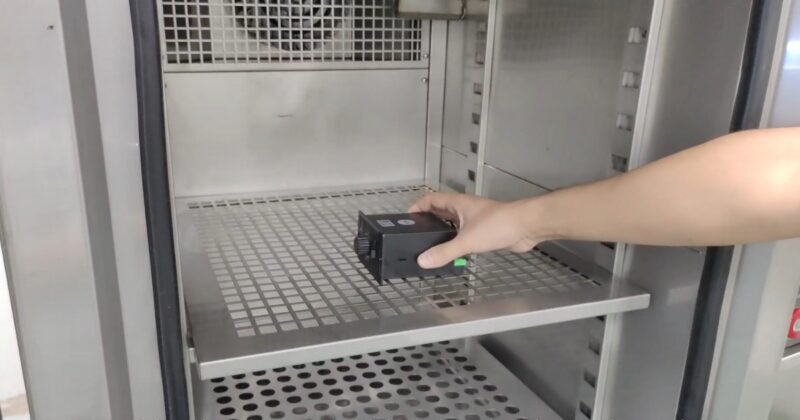
Energy efficiency is an increasingly important consideration, both for environmental sustainability and operational costs. Modern chambers often incorporate energy-saving features such as efficient refrigeration systems, advanced insulation materials, and smart control systems that minimize energy consumption. An energy-efficient chamber can significantly reduce operational costs over its lifespan.
Safety Features
Safety should never be overlooked when purchasing a temperature humidity chamber. Look for safety features such as over-temperature protection, which shuts down the chamber or triggers an alarm if the temperature exceeds a safe limit. Humidity chambers often use water for humidity generation, so consider features that prevent water leaks or electrical hazards.
Maintenance and Support
Regular maintenance is crucial for the reliable operation of a temperature humidity chamber. Consider the ease of maintenance and the availability of support and spare parts from the manufacturer.
A chamber that is difficult to maintain or repair can lead to increased downtime and operational costs. Additionally, consider the warranty and the level of technical support provided by the manufacturer.
Calibration and Certification
For many applications, particularly in regulated industries, the temperature humidity chamber must be calibrated and certified to national or international standards. This ensures the accuracy and reliability of the test results. Check whether the chamber comes with calibration certificates and inquire about the process for future calibrations.
Cost Considerations
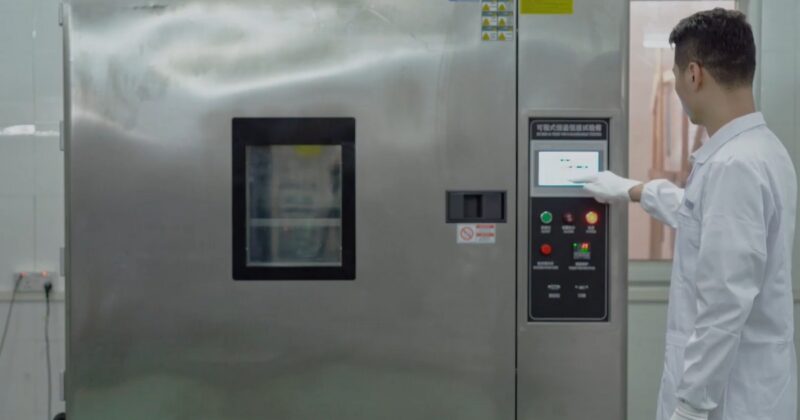
While cost is always a consideration, it should not be the sole determining factor. The cheapest option may not always meet your needs or offer the best value over the long term.
Consider the total cost of ownership, including purchase price, operational costs, maintenance expenses, and potential downtime. Investing in a higher-quality chamber that meets all your requirements can lead to greater efficiency and reliability, ultimately saving money.
Integration with Existing Systems
Integrating the temperature humidity chamber with your existing test systems and laboratory infrastructure is another critical aspect to consider. The ability to seamlessly connect the chamber to data logging tools, test equipment, and laboratory management software can significantly enhance the efficiency of your testing processes.
Look for chambers that offer compatibility with common interfaces and protocols, or that provide customizable options for integration. The ease of integration not only saves time but also reduces the potential for errors, ensuring more accurate and reliable test results.
Future-Proofing and Scalability
As your testing requirements evolve, your temperature humidity chamber should be able to adapt and scale accordingly. Future-proofing your investment involves considering the chamber’s adaptability to new tests, materials, or standards that may emerge.
Scalability can be achieved through modular designs or chambers that allow for easy upgrades and expansions. Investing in a system that can grow with your needs will prevent the costly and time-consuming process of purchasing new equipment prematurely.
Closing Thoughts
Selecting the right temperature humidity chamber is a multifaceted decision that requires careful consideration of your specific testing requirements, the chamber’s capabilities, and your budget.
By understanding the essential factors outlined in this article, you can make an informed choice that ensures the reliability and efficiency of your environmental testing processes.
Remember, the goal is to invest in a solution that not only meets your current needs but also accommodates future expansion and technological advancements. Taking the time to thoroughly evaluate your options will pay dividends in the quality of your testing and the longevity of your equipment.
